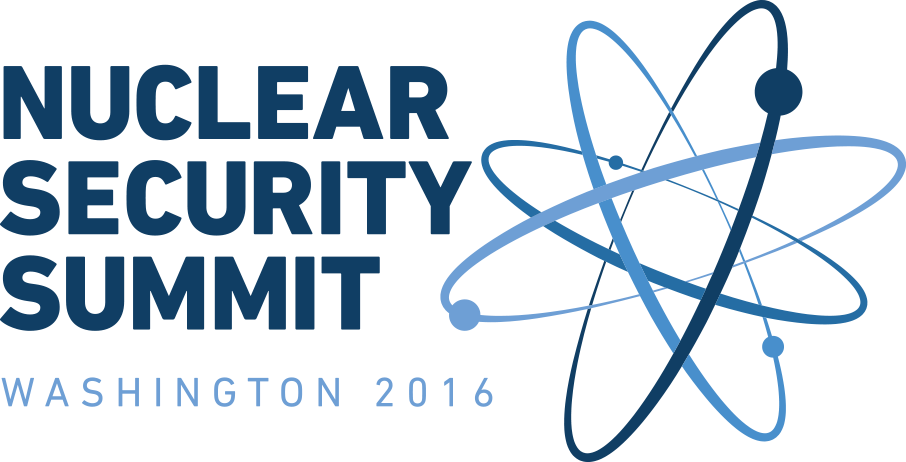Fact Sheet: EU-US ITRAP+10
/Summary Report on the ITRAP+10 Test Campaign
The importance of nuclear security cannot be overstated. The European Union and the United States of America, in cooperation with the International Atomic Energy Agency (IAEA), share the international responsibility to develop and promote systems and measures for the prevention of, detection of, and response to nuclear and other radioactive materials out of regulatory control. Implementing effective capabilities to deter and detect unauthorized movement of nuclear and other radioactive materials both at borders and within a State’s interior enhances efforts to better combat nuclear terrorism. Often, these capabilities necessitate the use of technical instruments and sensors that can detect, identify and/or validate the presence of nuclear or other radioactive materials so that they may be interdicted. In recognition of this international responsibility and necessary capabilities, and as part of the 2014 Nuclear Security Summit Key Topic of Combatting Illicit Trafficking, the European Union and the United States of America present the Illicit Trafficking Radiation Assessment Program (ITRAP+10) test campaign summary report.
Initiated by the European Union and the United States of America, the ITRAP+10 test campaign evaluated the performance of commercially available radiation detection equipment against consensus standards. To ensure the review of commercial equipment would be relevant to the global commons, the European Commission and the United States agreed to collaborate on the conduct of the ITRAP+10 test campaign and share in the design of the tests, their execution, and the analysis of the data. Using both the American National Standards Institute/Institute of Electrical and Electronics Engineers and the International Electrotechnical published consensus standards, the partners tested nine different classes of radiation detection instruments. The results of the test campaign provide an independent assessment of radiation detection instruments that are presently available on the market, or soon will be.
The summary report is available to the international community and includes an overview of the ITRAP+10 test program, a summary of test results across the nine classes of instruments with scientific and technical data, and information about the manufacturers of the instruments tested.
The testing processes as well as the test results obtained during ITRAP+10 helped experts revise both the requirements and test methods described in the standards and increased the capabilities of the testing laboratories. The performance results have also enabled manufacturers to improve their products and facilitate users’ understanding of the performance and limitations of the currently available radiation detection instruments. The European Union and the United States of America areconfident that this international cooperation among them and the IAEA to document detection instrument capabilities will emphasize the importance of technical means (detection instruments) as a facilitator for detection in the context of a national-level Nuclear Security Detection Architecture, exemplify proper usage and deployment, promote new research and development efforts, and assist international partners to ensure resources are deployed in an efficient manner.

